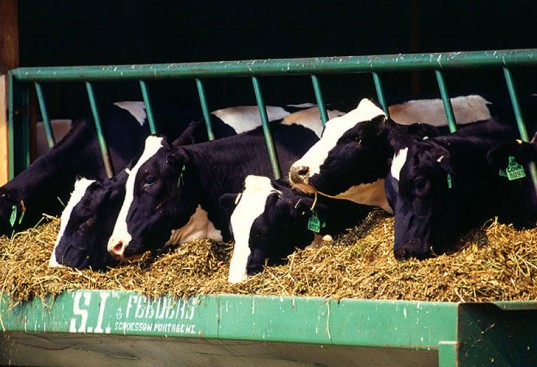In 2022 the California feed industry diverted more than 18.5 million tons of byproducts from human food, fiber and biofuel production to livestock feed. If these byproducts were not diverted to feed, they would likely have gone to landfills.
The byproducts include canola meal, cotton seed, almond hulls, distiller’s grains, bakery byproducts, and culled fruits and vegetables.
The carbon emissions of incinerating byproducts at a landfill are, on average, 60 percent greater than feeding them to cows, according to the UC Davis CLEAR Center.
California leads the nation in the production of nuts, fruits, vegetables, wine and beer. Processing these foods creates various byproducts, such as fruit pulp/pomace, almond hulls, brewer’s grains and other products not consumable by humans. Livestock, particularly ruminants (cattle), have digestive systems that can utilize the remaining nutritional value of these byproducts. For example, more than 85 percent of what cattle consume is feeds that humans can’t, including by-products (40 percent) and forages (45 percent). Importantly, diversion of byproducts to livestock feed creates an “upcycling” opportunity that channels food waste into the production of high-quality, nutritious products like meat, milk and eggs.
The amount of byproducts diverted to livestock in 2022 is based on tonnage reported to CDFA’s Commercial Feed Regulatory Program. Visit CDFA’s Safe Animal Feed Education (SAFE) Program’s Human Food Waste (Byproduct) Diversion webpage for more information.




Pingback: Legislative Bulletin, August 28, 2023 – California Cattlemen's Association